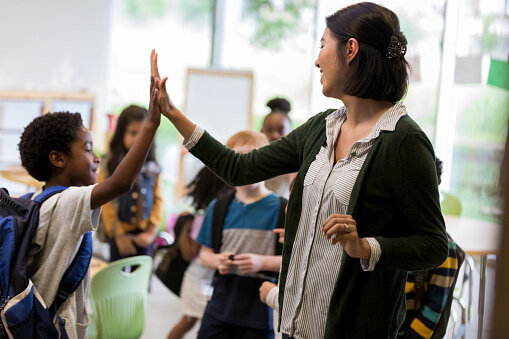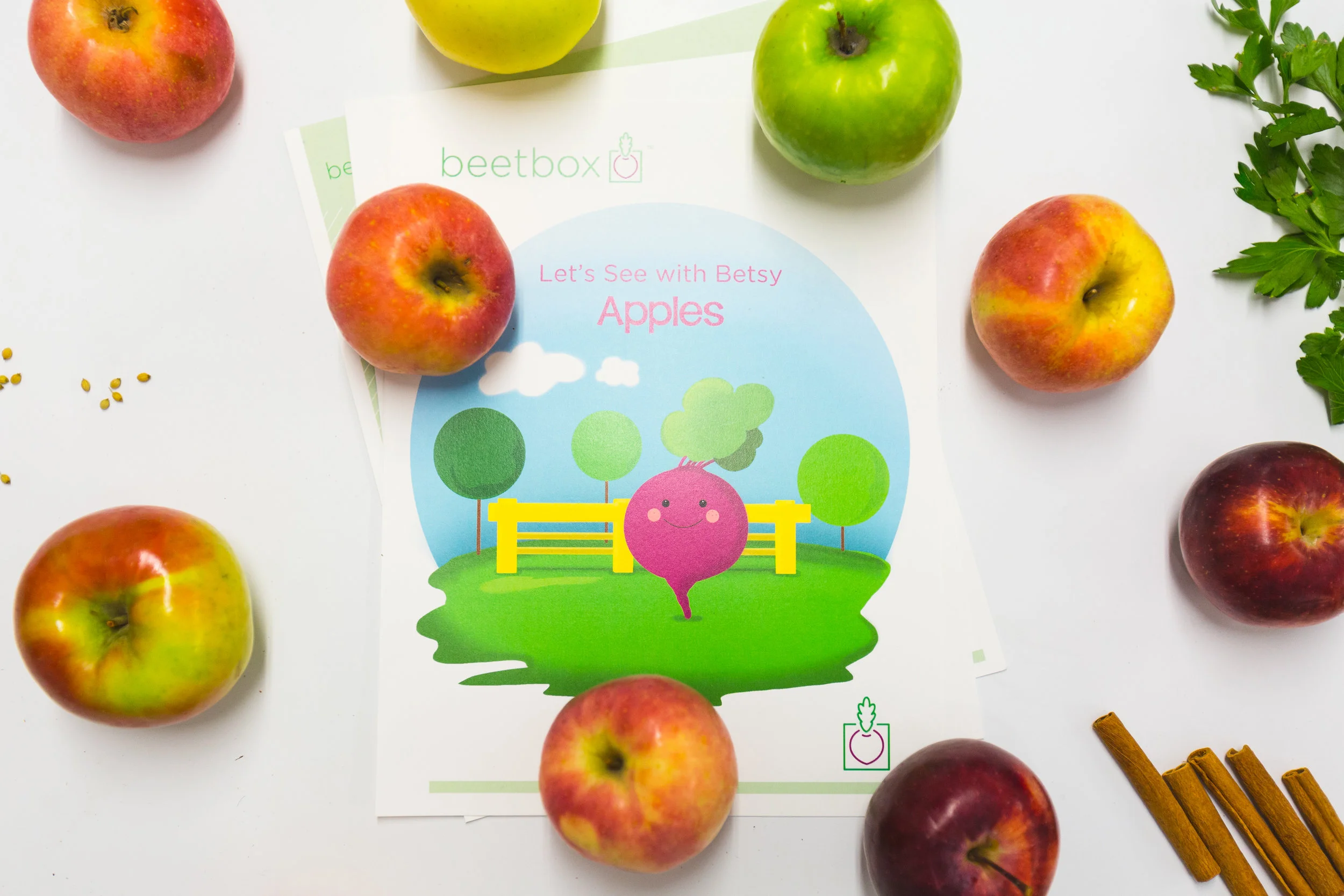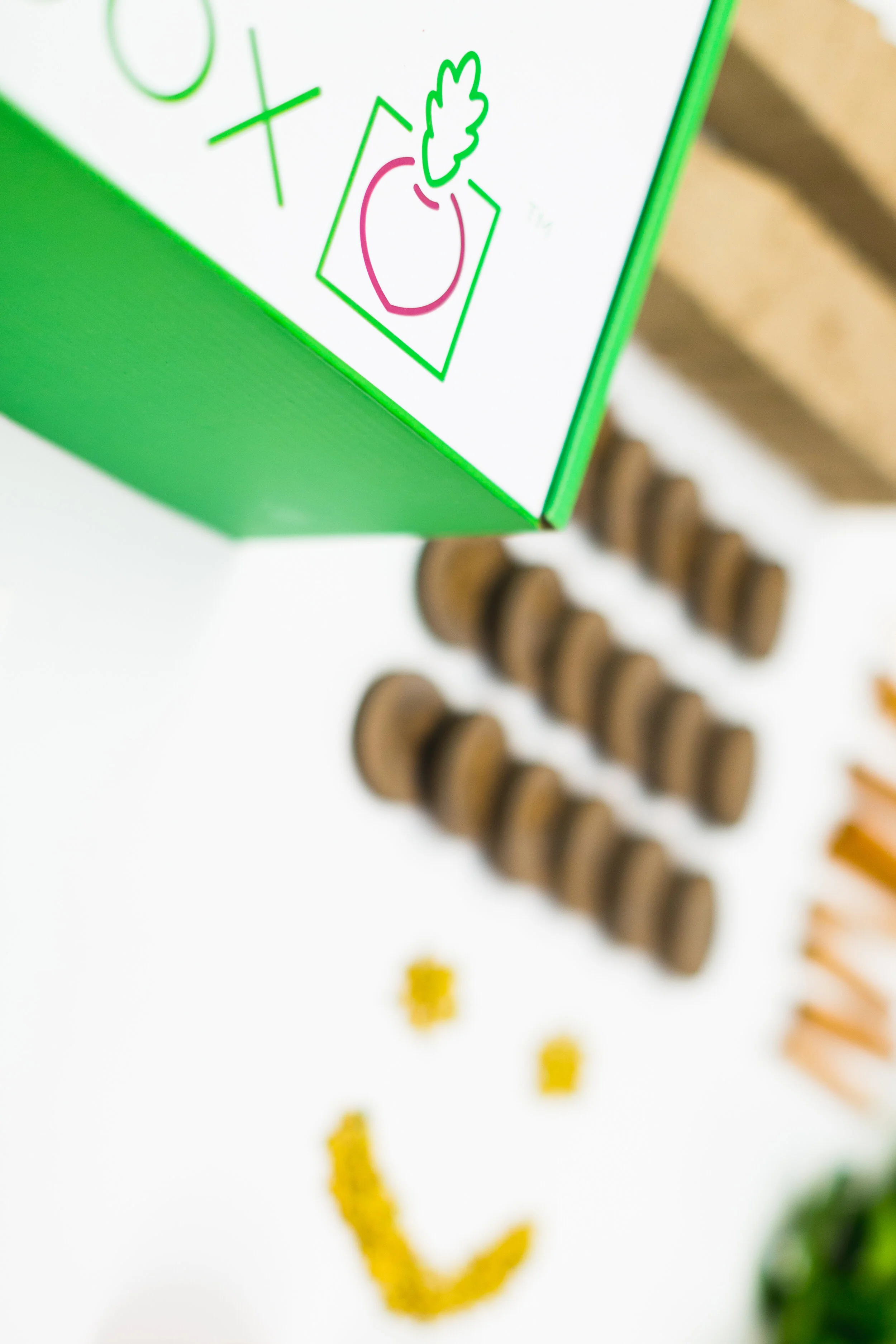10 Things Every Pre-K and Kindergarten Teacher Needs in Their Classroom!
It’s that time of year again! As fall quickly approaches, teachers everywhere are hustling and bustling to create a pleasant learning environment where they’ll spend the next 9 or so months shaping the minds of little learners. It’s easy to get sucked in to creating a “Pinterest Perfect” classroom with bright bulletin displays and decorations, but it’s important to not forget what children really need to thrive, and sometimes that means getting back to the basics.
1.) Classroom Rules and Feel Good Feelings
Guidelines, contract, constitution, agreement, whatever you’d like to call it! Children rely on adults to set the parameters for what will hopefully create a safe, structured, nurturing learning environment that provides them with that feel good feeling. It’s important from day one that children understand what they shouldn’t be doing, but more importantly what they SHOULD be doing. Cleaning up their garbage after lunch, placing crayons back in the correct place, helping a sad friend, using their listening ears, etc.
2.) A place to be active
Little bodies are meant to MOVE and it’s important to let them! Movement breaks during the day can help create better learners because of the positive impact of movement on the brain. When children are able to move their body and release excess energy, they’ll have an easier time regulating their emotions, paying attention, and absorbing information. Even if you only have a small space, like a hallway, make the best of it. Place dots or large markers on the ground for jumping or gross motor games, or move the tables and chairs to the side of your room for dance parties!
3.) A place to calm down
School can be an overwhelming space for even the most even tempered child. A long day combined with transitions, social anxiety, and frustrating situations can be a lot to handle. We know that “over stimulation” can be a very real thing. Provide a quiet, somewhat “private” place where children can feel comfortable retreating to when they start to feel off balance. Bean bags, soft pillows, sensory bottles, calming music, a noise machine, easy puzzles, stuffed animals, and a tent or canopy (if your state regulations allow.)
4.) Open Ended Art
While crafts are fun and enjoyable, the focus of a craft is usually a specific end result, which unfortunately leaves children with little flexibility to be as creative as they please. Process art is all about the experience that children have while creating their art, and removing the focus on the end product. You can check if the activity is true process art by asking yourself two questions: 1. Am I expecting the end result to look a certain way 2. Do I have an idea in head of what the end result should look like? Create an open ended art center that can be used to create process art with cotton balls, paint brushes with glue, wire, paint, sponges, rocks, twine, recycled materials such as paper towel rolls or tissue boxes, gems and clay, seeds, leaves, twigs, beans, rice, and pieces of fabric.
5.) Sensory Center
Sensory feedback is critical in early learning. In every classroom, there should be dedicated area (whether it’s a whole corner of a room or just a small table). It’s easy to get overwhelmed in designing sensory friendly spaces and activities. Just remember the 5 senses and you can’t go wrong. Spices, essential oils, and flowers can be especially calming or stimulating, depending on smell. Different textures of fabrics or materials can provide soothing sensory feedback for touching and feeling. Rice and pasta, or water with strainers and scoopers make for an easy play table. Soil, shovels, and seeds are always a fun idea. Home improvement stores can provide free samples of rugs, fabric, or tiles that can be used for texture exploration, as well as pipe cleaners, beads, and loose parts.
6.) Dramatic Play
This is a given! Make sure any dramatic play area includes a mirror so children can explore their different looks. Thrift stores are a good place to start for inexpensive dress up items, just be sure to wash them first. Don’t be afraid to add or switch out different themes, like bakery, farm stand, fairies, construction workers, doctors, dinosaur dig site, scientists, restaurant, flower shops, garden stand, etc! Felt can be used to cut different shapes like fruits or vegetables, and flowers or doctor’s gear. Gather old bottles and cans, and switch out the outside paper for labels to match with different themes. Include appropriate accessories like stethoscopes, shovels, or play money and cash registers.
7.) Music and Instruments
Music and dance engages the brain. Children learn new things, like sounds, words and patterns through music, as well as strengthen their communication skills, focus, and memory. If your budget doesn’t allow for real, child sized instruments there are plenty of cash trapped friendly ideas, from pots and pans with drum sticks, homemade shakers using recycled toilet paper rolls, bells, or wooden spoons with cans.
8.) Natural Materials
Natural materials are PERFECT for providing an ever changing environment for children to express that natural curiosity they possess, and the best part is, most items you can find for free, just by stepping outside! Leaves, twigs, sticks, stones, shells, and seeds can be used for exploration, or even decoration around your classroom. Children can even participate in gathering items from nature to be used in different areas of the room, for example, pinecones and sticks for your block area to make bridges, stones and river rocks for your water table, twine for jewelry, and soil/mud for a water table.
9.) Living Things
Plants, goldfish, a guinea pig, snails, you name it! Taking care of a living thing has endless benefits, aside from the sheer joy your students will experience as they watch what they care for grow and thrive. Plants and animals can turn a classroom into a living, breathing discovery lab for observing, questioning, recording, and fostering respect for their natural world and living things. Plus, plants can contribute to a healthy and calm learning environment. Aside from priceless life cycle lessons, caring for a plant or animal helps develop serious life skills and responsibility.
10.) Diversity
In our 21st century world, educators should be striving to create a diverse and inclusive classroom. While it might seem overwhelming to be able highlight each and every student’s story and background, it’s important to do so to create a feeling of support and community. Start at the beginning of the year by having a “Family Wall” with pictures of students, their families, and images from their heritage or culture. Learn the difference between multicultural and intercultural. A multicultural teacher introduces information about different cultures, and an intercultural teacher encourages children and families to have the opportunity to learn from each other. Teachers invite parents to share a cultural song or a game with the rest of the classroom or the school and make families an integral part to their best ability. Teachers can even invite parents to share a cultural song, snack, or a game with the rest of the classroom or the school. Diversity also includes a diverse range of thoughts and ideas, so be sure to listen and foster ideas that might be unconventional to you or others.

























